Rekindling Memories of Cutting Firewood in The Early South
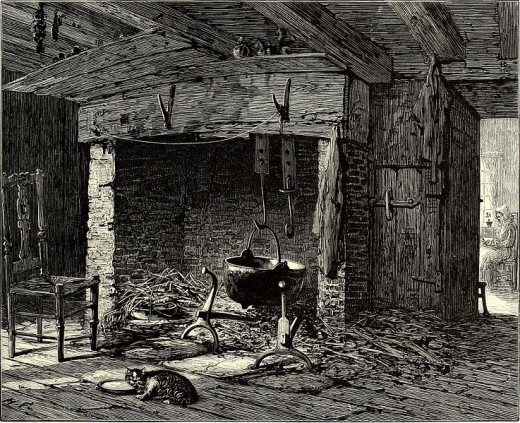
The Above Artwork
represents more than just a roaring fire in the fireplace as family members stood silently gazing into each brilliant flame. Yes, this represented more than just a stately fireplace. Without a fire built there could be no wood to burn in order to keep warm to survive another Southern bitter winter. And without wood that could be cut down and sawed into fireplace-lengths that would easily fit into the fireplace, there wouldn't be a fire at all.
In all actuality, a moment in time (as this hub's topic) is not a humorous script for anyone's amusement. This topic, cutting firewood, was far than comedy to those whose very survival depended on cutting firewood to keep their family members from facing a deathly winter. Times, without any outside forces, were tough in the times when fireplaces and cutting firewood were married into being in the lives of early settlers, various immigrant families who settled in the South.
When looking closely at the above artwork, one can really visualize the beauty and danger merging together in each flame that licked the air. One cannot help but feeling a gentle smile that surfaces when the imagination meets the reality of several little children who sit amazed at just how magnificent a fireplace was in their lives.
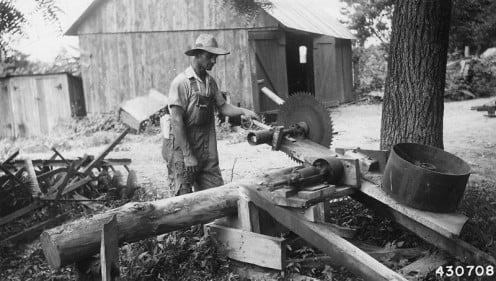
The Labor of Cutting Firewood
was just that in the most-pure of definitions, labor. Anyone, including early women whose husbands and older sons, saw that they had no choice but to take to the nearby woodlands that grew on their land-sites to cut down the huge trees and then disperse more manual labor and sweat to cut each tree trunk into manageable logs that could burn in their fireplace.
Not everyone waited for Winter to come before the firewood was cut. Many early settlers who not only believed in doing things themselves and all by hand, but taught many of skills (such as cutting firewood) like this in order to be able to pass along these raw survival skills that future generations might see how (this) work was done and how it was not done.
Firewood was many times cut in late Spring time in order for the men, wives, and older sons, to cut their firewood without the danger of passing out due to the Southern heat so visible in mid to late August. By this time, people who relied on firewood for heating their homes, but cooking foods, would hitch-up their mules and wagon and load their tools for a day of cutting firewood. And a day was just about what it took for a family to cut a good supply of wood to store either on their outside porch or a shed built to store the wood from the natural elements that could cause the wood to cause rotting and then not be used for heat.
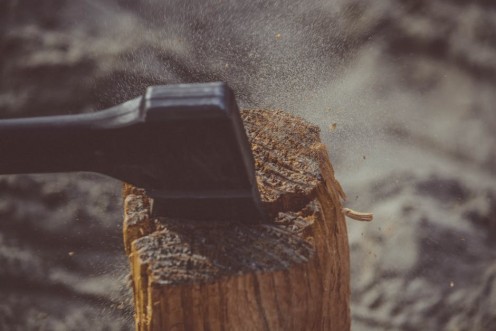
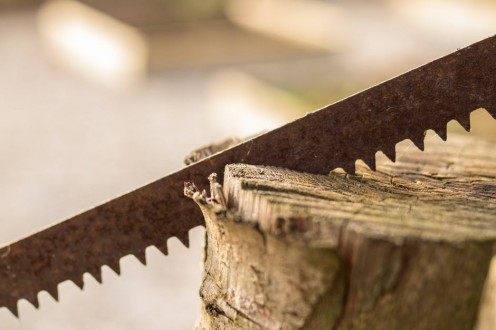
The Trees That Were Used
for burning firewood in the early settlers' homes was red oak; black oak; birch; elm and arguably the best-burning of all of the forestlands was hickory because of the way that its fibers were knitted closely together in order to make the wood in a fireplace last and burn longer when an evening fire was started.
In most days, a man and his sons were all outside doing field work--plowing, sowing, and later in Harvest Time, gathering the fruits of their labors. Those fruits were apples, corn, beans, peas, cantaloupes, and beets to name a few. Most wiser Southern farmers incorporated their produce gardens to be planted right along side of their corn and cotton fields so the labor of tending both types of fields would not be as massive due to only the oxen or mules used to pull the plows and wagons that hauled the commodities to their homes and barns. Any day on the Southern farm in early America was a hard-working farm.
Dear Reader
take a moment and relax while meditating on the graphics on this hub. As it was stated in the beginning about the family and little children sitting amazed while gazing into the warm flames and see if this does not happen to you.
Today in a lot of homes, people who have found it to be a bit expensive to run a heat pump or even natural gas, have begun to "go back to their roots" (no pun intended) and building themselves a beautiful working fireplace to help with the cost of heating their homes. Some people have saw big savings as early as when they left their natural gas and other heating devices behind and went to the fireplace for heat.
Sometimes it is good to stop for a moment and just recollect about the early times that (some who have read this hub) not only saw, but lived.
Although the memories of manual labor was tough to cope with, the satisfaction of having a sustainable source of heat: Firewood made this coping a lot easier.
And richer.
Tools Used to Cut The Firewood
included a broad axe, a single-edge axe, a cross-cut saw which took two people to operate this saw because it could fall much bigger trees and later on, iron wedges that the men and sons drove into the cracks of the logs that were now sawed from the fallen trees and burst each one into two pieces--to make the firewood last longer.
In this time of our nation, the gas-powered chainsaw had not been invented yet. This time-saving device did not come along until 1830 (see text box) so, cutting firewood and all other family-farming tasks were done by manual power.
So one could surmise that the men, (most of the wives), and their children had to learn how to endure such laborious jobs as keeping the firewood stack kept at its fullest for people did not know when the next heavy snow would hit. People of this time-frame had to be both physically strong, but also mentally fit in order to keep their chores in hand which did include starting the fires in the living rooms and kitchens.
A fire might be started with the staple of pine knots which were cut from the yellow pines that grew bountiful in the South and the early settlers who did have a supply of matches, used a pine knot that was filled with resin that met with someone striking a flint rock to spark the dry tender (sagegrass) that helped in making the job of starting the fires quick work.
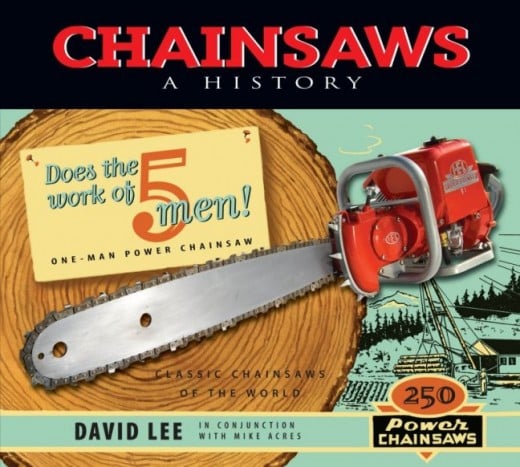
Chainsaw History
the origin is debated, but a chainsaw-like tool was made around 1830 by the German orthopaedist Bernhard Heine. This instrument, the osteotome, had links of a chain carrying small cutting teeth with the edges set at an angle; the chain was moved around a guiding blade by turning the handle of a sprocket wheel.
© 2017 Kenneth Avery



